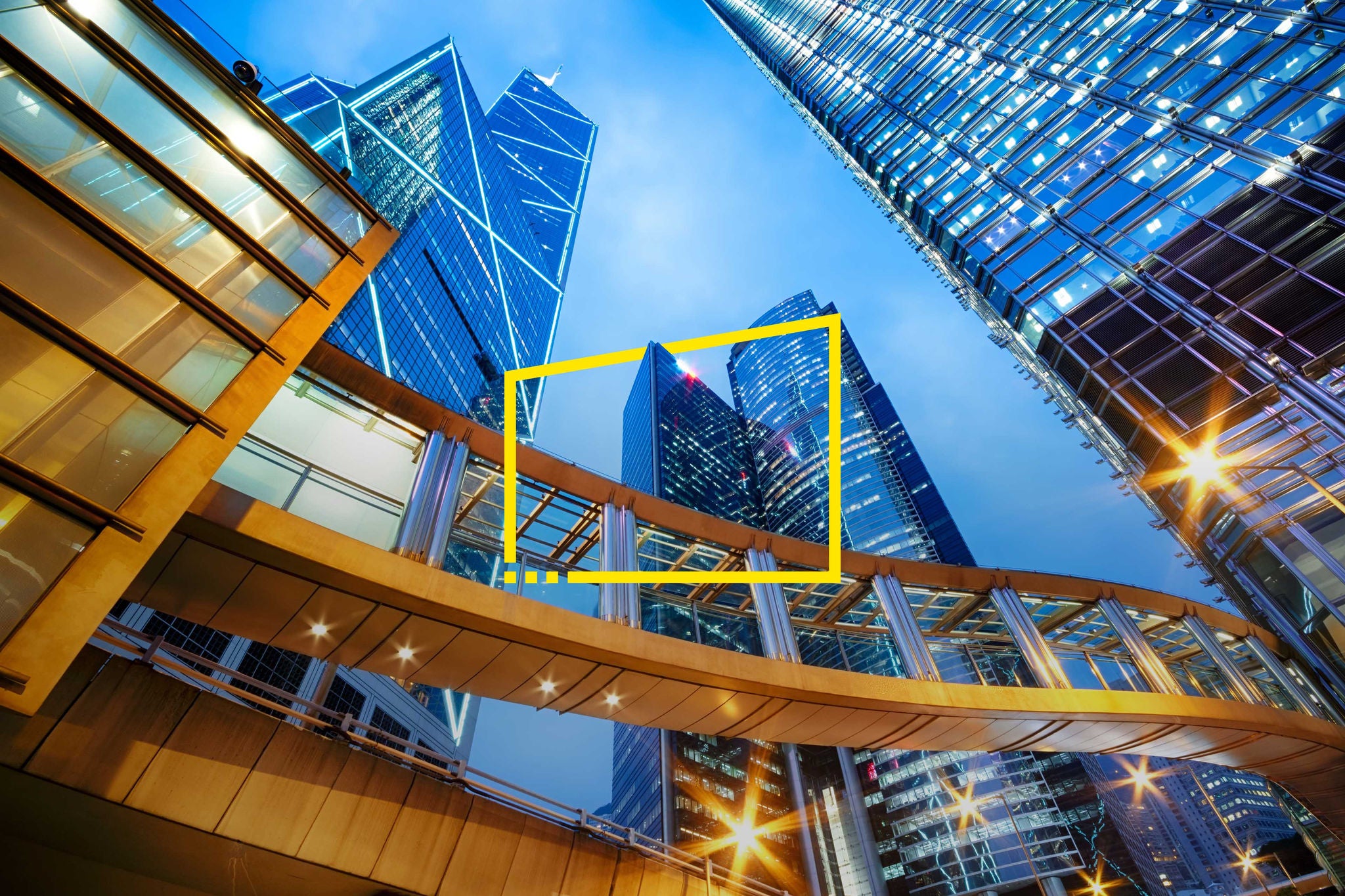EY refers to the global organization, and may refer to one or more, of the member firms of Ernst & Young Global Limited, each of which is a separate legal entity. Ernst & Young Global Limited, a UK company limited by guarantee, does not provide services to clients.
How EY can help
-
Our consulting and technology teams will help you meet the complex and demanding corporate real estate (CRE) challenges.
Read more
User experience is the primary driver of digital from an external perspective. From an internal view, digital capabilities offer insight into the true use of space. Companies learn how, when, and why each floor or workplace is being used, which provides meaningful insight for planning future workspaces and deciding how to right-size the real estate portfolio.
The pandemic prompted many companies to see that administrative facilities need to be set up differently today. This modernization involves adopting a new working culture that includes, but isn’t limited to, shared desks and fewer walls. Real estate managers are working closely with human resources professionals to determine what the new normal will be in the next 10 or 20 years and how companies should plan their investments. These decisions include determining what must be modernized and what could be shut down and converted from administration to production.
A particularly difficult question involves how to measure the benefits. “These tools are mainly about people, but how do you measure that?” said Doug Gottschalk, EY US Corporate Real Estate Co-Leader. “Is it about being more productive? Having a seamless experience? Liking the cool factor? Those all may be true, but are they measurable?”










